I am sure most of you are aware of what a palette knife is, but for those of you who are not, it is basically a tool used in acrylic and oil painting for mixing paints and applying paint in a thick, impasto manner onto the canvas.
What I wanted to discuss here was using a palette knife to draw even more attention to your focal point by creating an interesting contrast between the sharp, bold strokes of the palette knife and the relatively softer strokes of a paintbrush.
When beginner painters become aware of the fantastic painting properties of the palette knife, they will often launch into an impasto painting frenzy on the canvas, completely ignoring the brush altogether. Whilst this can be a great and extremely satisfying way of painting, the palette knife in my opinion is much more effective when used selectively in combination with the paintbrush.
- Use Your Palette Knife To Create Contrast
- Using Contrast To Draw More Attention To Your Focal Point
- Some Practical Examples
- My Personal Use
- Wrap Up
- Thanks for Reading!
Use Your Palette Knife To Create Contrast
As I always like to say, contrast is everything in painting. You can create contrast in many ways – contrast in colors, contrast in strokes, contrast in temperature, and so on. Without any contrast, your painting will be nothing but a blank canvas.
Here I want to focus on the contrast in texture using the palette knife and paintbrush.
The textures of strokes made by the palette knife are very different from that of any paintbrush. Here are some of the uses of the palette knife to create different textures:
- Using the edge of the palette knife to dab sharp lines on the canvas
- Blocking in a thick layer of paint
- Gently scumbling paint on top of another layer to give a very broken and rustic texture
- Apply a very smooth and refined area of paint
Using Contrast To Draw More Attention To Your Focal Point
So we have discussed what you can do with a palette knife and the interesting textures you can create, but when exactly should you be using these techniques? I find one of the most powerful methods is to use the textures created by the palette knife to enhance and draw attention to your focal point.
The focal point is where you want to eventually draw the viewer’s eye towards. The more dominance and strength your focal point is relative to the rest of the painting, the more powerful it becomes. It is all about relativity.
Sure, the palette knife can create bold and powerful textures, however, if you have used the same techniques for the rest of your painting then your focal point will have no strength.
So the key is to contrast the bold and dominant strokes of the palette knife against soft, less defined strokes of the paintbrush.
Have you ever focused on the background areas of some of the master paintings and noticed there is really not much detail at all? Often times there is nothing more than some seemingly random strokes of color. The reason for this is the artist does not what you do focus on this area. But this does not mean the area has no purpose. Its purpose is to accentuate the focal point, which is an extremely important part to play.
Some Practical Examples
Let’s take a look at some practical examples of the palette knife in action:
Ken Knight
Ken Knight is an Australian impressionist painter who makes use of very large brushes and palette knives and paints in a very fast manner.
As you can see from his paintings on his website here, he uses sharp and short strokes of the palette knife to draw your attention to the focal point which appears to be slightly left of centre from a viewer’s perspective. These palette knife strokes contrast against the long and relatively soft brushwork in the rest of the painting.
Richard Schmid
Richard Schmid was one of the greatest fine artists of our time and a big fan of the palette knife. He believed a palette knife is a powerful tool that can create bold and intense strokes unmatched by the paintbrush. His paintings appear to utilize the palette knife to create a contrast between soft brushwork and sharp palette knife strokes. He skillfully uses this technique to draw attention to his focal point in the paintings.
In particular, his flower paintings show the intense strokes of color capable with the palette knife.
My Personal Use
I have been practicing this technique in some of my recent paintings. I try not to overdo it with the palette knife, but rather just use it to accentuate certain areas of importance in my painting or areas which warrant the unique strokes of color only capable of being made with the palette knife.
In my Sydney Waters painting, I use the palette knife for the areas around the edge of the nearest land (my focal point). The palette knife helps create rough textures on the rocks and add sharpness in contrast to the soft brushwork used in the rest of the painting.
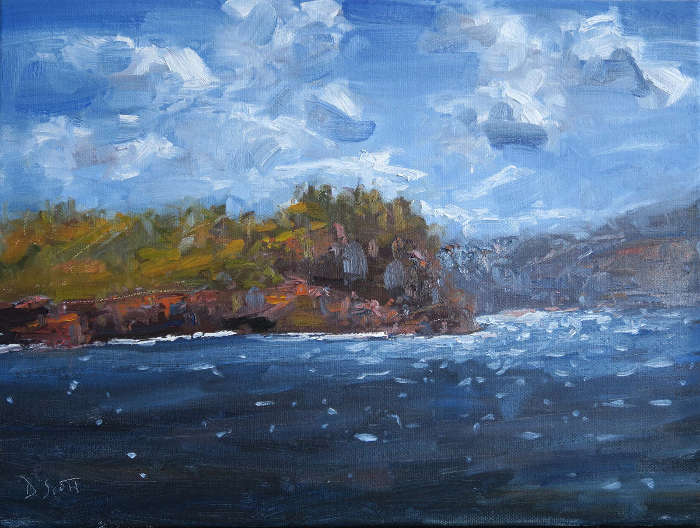
Wrap Up
What can you take away from this? Well if you are not using the palette knife at all, then experiment with it and try using it to influence where you want the viewer to look.
If you use the palette knife already, then I would love to hear your thoughts in the comments. Do you use it throughout the whole painting or just in certain situations to complement the rest of the painting?
Thanks for Reading!
Feel free to share with friends. If you want more painting tips, check out my fundamentals course.
Happy painting!
Dan Scott
Draw Paint Academy

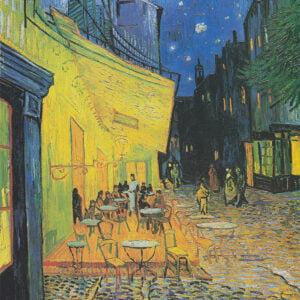
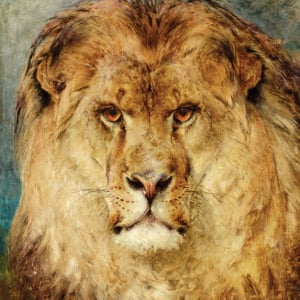
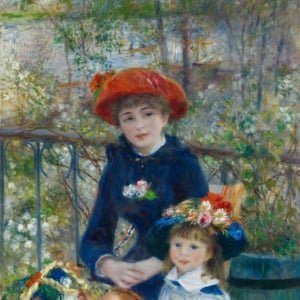
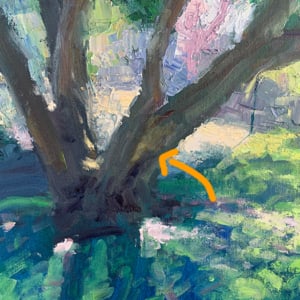

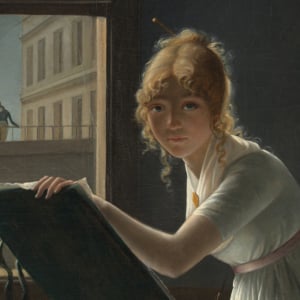
I just tried out your suggestion on my painting and it worked! Must send you a pic…
Great to hear Norm! Yes please send an email with a pic.
Dan
That was a very useful video and information. Will try using the palette knife myself as l really like the effects.
Glad you found it useful Lisa.
Dan
I even didn’t had a palette knife in my tool stack yet. But after reading and watching i really wanna go an buy one.
Hi Malu. You certainly should! It is a very useful tool, if only for mixing your paints.
Dan
I loved your post &palette knife techniques but was not satisfied with my work Will try more.
Thank you for sharing
Jayashri